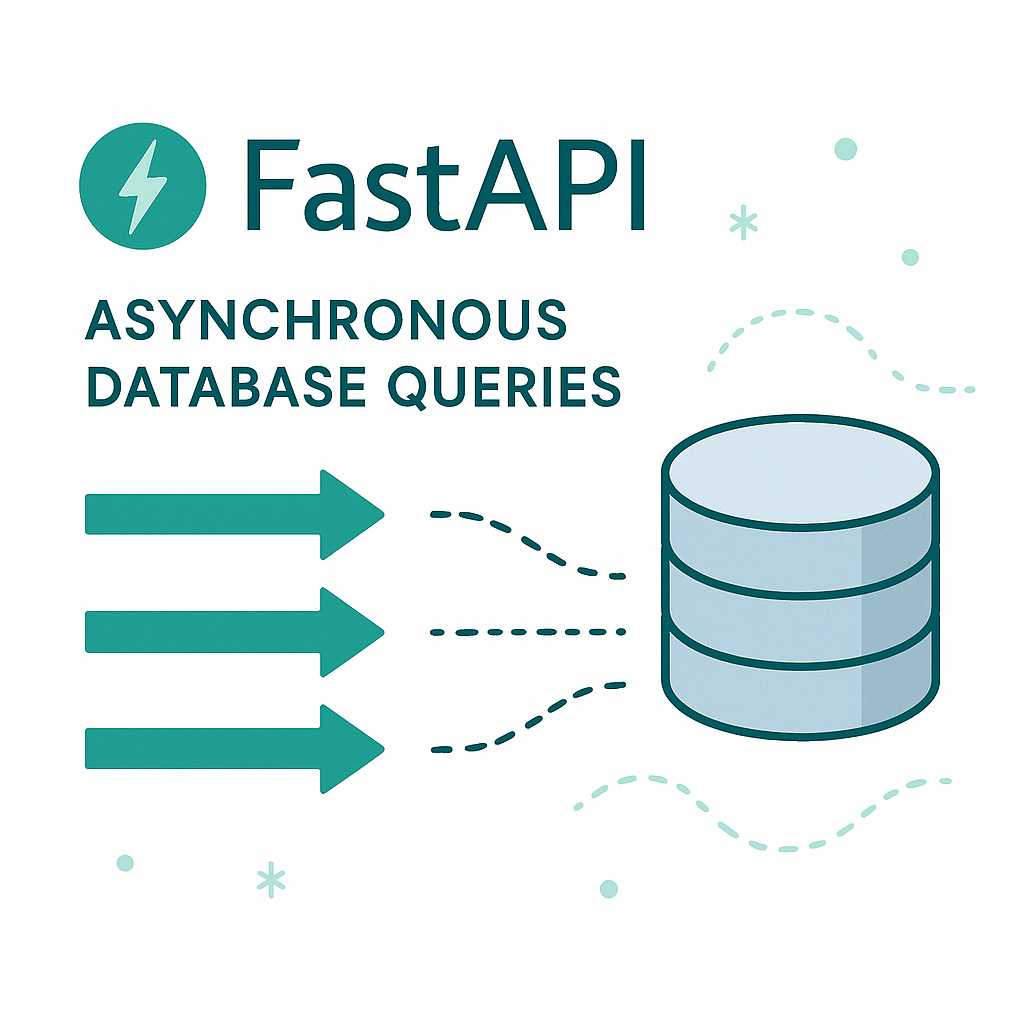As your FastAPI applications grow in complexity, leveraging asynchronous programming becomes essential—especially when dealing with I/O-bound operations like database queries. Yet, many developers stumble into pitfalls when trying to "go async" in their data layer. In this article, I’ll explain how to run database queries asynchronously in FastAPI, walk through best practices, and show how to avoid common mistakes.
Why Asynchronous Database Access?
Synchronous database calls block your event loop, which can drastically limit FastAPI’s ability to handle concurrent requests. By using asynchronous query methods (with libraries like databases, async-compatible ORMs, or asyncpg), you allow your API to serve more requests in parallel, leading to better scalability and responsiveness.
Choosing the Right Database Client
- Synchronous ORMs like SQLAlchemy (pre-1.4): Not suitable for async code. Only use in synchronous routes.
- Async driver with raw SQL (e.g., asyncpg, aiomysql): Perfect for async endpoints.
databaseslibrary or SQLAlchemy 1.4+ (async mode): A blend of convenience and async power.
Async Example with databases
Let’s demonstrate how to set up an async database connection using the databases library with PostgreSQL:
import databases
import sqlalchemy
from fastapi import FastAPI
DATABASE_URL = "postgresql+asyncpg://user:password@localhost/dbname"
database = databases.Database(DATABASE_URL)
metadata = sqlalchemy.MetaData()
# Define a table (for demo purposes)
notes = sqlalchemy.Table(
"notes",
metadata,
sqlalchemy.Column("id", sqlalchemy.Integer, primary_key=True),
sqlalchemy.Column("text", sqlalchemy.String(50)),
)
app = FastAPI()
@app.on_event("startup")
async def startup():
await database.connect()
@app.on_event("shutdown")
async def shutdown():
await database.disconnect()
@app.get("/notes/{note_id}")
async def read_note(note_id: int):
query = notes.select().where(notes.c.id == note_id)
return await database.fetch_one(query)
Key Best Practices
- Always await async calls: Forgetting
awaitmeans your queries won’t execute as expected. - Lifecycle management: Connect and disconnect your database during FastAPI startup/shutdown events to avoid leaked connections.
- Avoid mixing sync and async code: Use async libraries throughout your call stack to reap concurrency benefits.
- Connection pooling: Ensure your async client handles pooling efficiently (most do).
Common Pitfalls
- Blocking code in async endpoints: Calling synchronous drivers (e.g.,
psycopg2) inasync defendpoints blocks the event loop anyway. Always use async drivers (asyncpg,aiomysql, etc). - Not thinking about transactions: Use transactions for multi-query operations to maintain consistency, using
async with database.transaction(): .... - Async ORM misconceptions: Not all async libraries are fully ORM; sometimes you dispense with ORM for the sake of async (or pick something like Tortoise ORM).
Wrapping Up
Getting true asynchronous database access in FastAPI requires the right tools and some mindful patterns. With the combination of an async database library and FastAPI’s wonderful async capabilities, you’ll be well on your way to a high-performance, scalable API.
Have thoughts or tips of your own? Share them in the comments!
— Fast Eddy


Leave a Reply